2.8K Views
Junkyard Find: 1988 Toyota Tercel 4WD Wagon With 413,344 Miles

by
Murilee Martin
(IC: employee)
Published: June 24th, 2019
Share
The Toyota Tercel 4WD Station Wagon, known in its homeland as the Sprinter Carib, sold very well in Colorado, where I live, and tended to be both reliable and well-loved by owners. I still see them in wrecking yards here, so many that I don’t photograph any but the most interesting. This one in a Denver yard had an impressive-even-by-Toyota-standards odometer reading, so it made the cut for a Junkyard Find.
I’m skeptical of the ’82 Volkswagen Rabbit showing 930,013 miles on the clock, because those Malaise Era VW odometers were known for flakiness — though I have no problem believing that, say, a Mercedes-Benz W201 attained 601,173 miles, or even that an ’86 Olds Cutlass Calais got to 363,033 miles. I see so many junkyard 1980s and 1990s Toyotas with better than 300,000 miles that I’m sure the odometers are just fine; these days, I need to see at least 400k to be impressed by a discarded Toyota.
Extremely high-mile cars tend to be well-cared-for, for obvious reasons, and you won’t find many beaten-half-to-death hoopties past the 300k mark. They tend to get junked when they get traded in, or when the rust gets really bad, or when they crash. The front seats in this car are so nice, though, that I suspect they got replaced or recovered in the not-very-distant past.
This one doesn’t show catastrophic rust, by 1980s Japanese-car standards, but the corrosion knocked its resale value down to near zilch.
I’ve owned (and loved) several of these cars, both FWD and 4WD versions, and I can tell you from first-hand experience that they’re slow. Real slow. The Tercel’s carbureted 3A engine (cousin to the 4AGEs of AE86 Corolla and MR2 fame) was rated at 62 horsepower. You had to work hard to kill one of these cars, though.
The Corolla All-Trac wagon replaced the Tercel 4WD wagon in 1988, so I assumed that there was no such thing as a US-market 1988 Sprinter Carib. It turns out that Toyota sold a few of these cars for the 1988 model year, as proven by this build tag. If you want to come up with a real stumper of a car-trivia question, ask your victims to name two MY1988 US-market Toyotas that had factory-installed carburetors (Answer: this car and the base Toyota Truck, aka Hilux).
American car buyers never did get comfortable with the idea of manual switching between FWD and 4WD, which is why the true all-wheel-drive system on the All-Trac Toyotas sold so much better over here (and why Subaru slaughtered the competition for AWD car sales during the 1990s). If you left your Tercel 4WD wagon in the 4WD setting on dry pavement for long enough, you’d wear out the tires at the very least, and maybe bust some mechanical components if you kept it that way. Who’s got time to choose drive mode these days?
This one has the nicest factory radio I’ve ever seen in a Tercel.
{
"id": "9179646",
"alt": "",
"title": "",
"video_link": "https://www.youtube.com/embed/BFhzWyjnIhA",
"youtube_video_id": "BFhzWyjnIhA"
}
{
"width": 634,
"height": 357,
"showRelated": true
}
As always, the Japanese-market TV commercials entertain much better than their American-market counterparts. HAPPY CHOICE!If you like these junkyard posts, you can reach all 1,650+ right here at the Junkyard Home of the Murilee Martin Lifestyle Brand!
#1980s
#1987
#1987ToyotaTercel
#1988
#1988ToyotaTercel
#4wd
#AWD
#Colorado
#Denver
#DownOnTheJunkyard
#Toyota
#Wagon
#StationWagon
#HighMileageCars
#HighMileCars
#Junkyard
#JunkyardFind
#Tercel
#ToyotaTercel
#HighMileage

Murilee Martin
Murilee Martin is the pen name of Phil Greden, a writer who has lived in Minnesota, California, Georgia and (now) Colorado. He has toiled at copywriting, technical writing, junkmail writing, fiction writing and now automotive writing. He has owned many terrible vehicles and some good ones. He spends a great deal of time in self-service junkyards. These days, he writes for publications including Autoweek, Autoblog, Hagerty, The Truth About Cars and Capital One.
More by Murilee Martin
Published June 24th, 2019 12:43 PM
Latest Car Reviews
Read moreLatest Product Reviews
Read moreRecent Comments
- Funky D The only piece of technology introduced in the last 10 years that is actually useful is the backup camera. Get rid of the rest. All I want is a car with that and phone connectivity and zero driving nannies.
- TheMrFreeze As somebody who's worked in IT for my entire career, I don't want any computer automatically doing something of this nature on my behalf. Automatically turning on my headlights? Sure (and why hasn't THAT been mandated yet). Automatically braking, or steering, or actually driving my car for me? Not an effing chance...I've seen computers do too much weird stuff for no reason to trust my life to one.
- Daniel J Our CX-5 has hit its automatic brakes a few times at in very unnecessary situations. My 2018 doesn't have it, but it will shake and throw a warning if it thinks you should brake. Only once was it needed. The dozen or so times it has gone off I was already on the brakes or traffic was in a pattern that just fooled it.
- Kosmo This would become interesting with a turbo and 6MT.
- CanadaCraig 'Afraid' is the wrong word. The question should be, "Do you trust autonomous cars to get you from point A to point B and all points in between safely?" And my answer to that question is 'NO'.

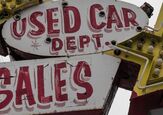

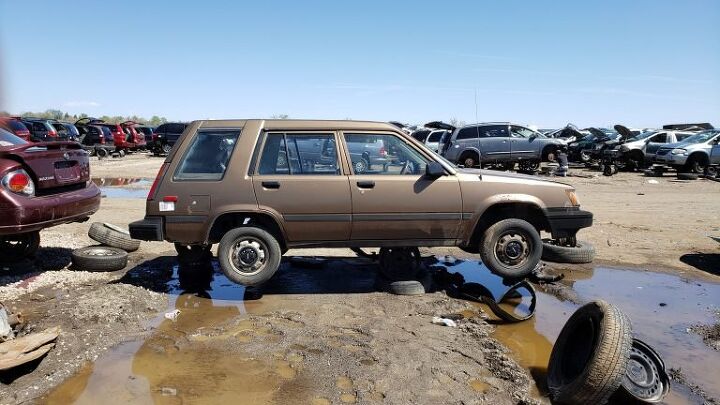



























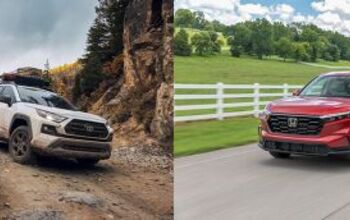
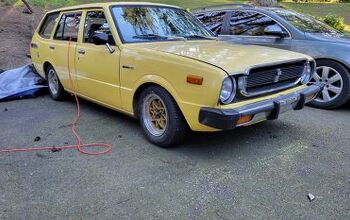

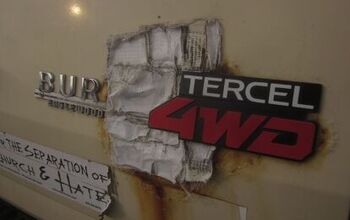
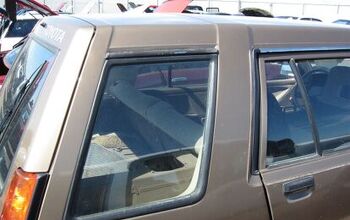
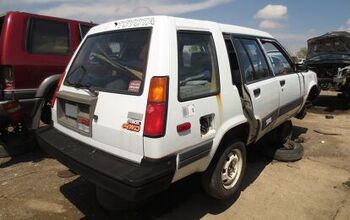
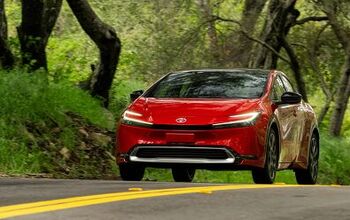

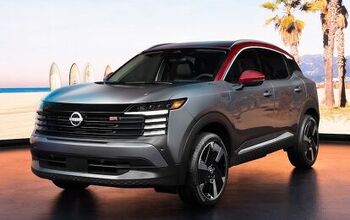
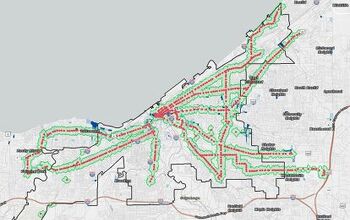
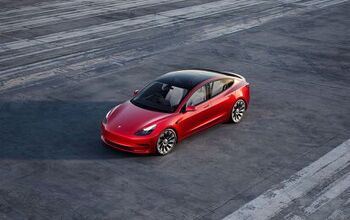
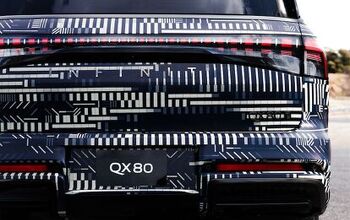
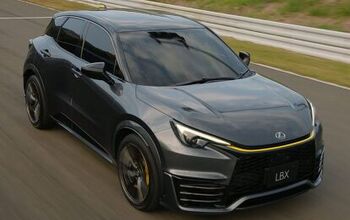
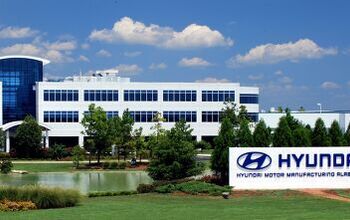

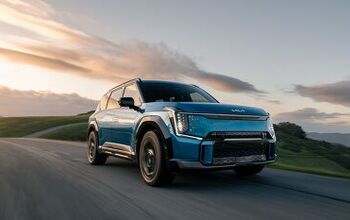
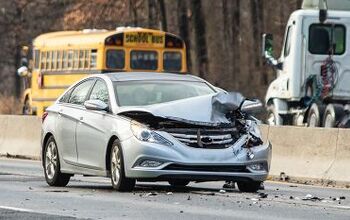

Comments
Join the conversation
Man, I'd love to have that radio. AM stereo radios are as rare as hen's teeth now.
For the past few months, I have seen the same green Tercel everyday in traffic during my commute. In the City of Toronto where it seems the staff get a bonus based on how much extra salt they use. And yes I had the Honda 'Wagovan' (Realtime AWD Civic Wagon). Cross shopped it with the Toyota, Colt and Nissan comparable wagons of the time. And for some reason with an Isuzu Trooper, which probably would have been the 'correct' buy.